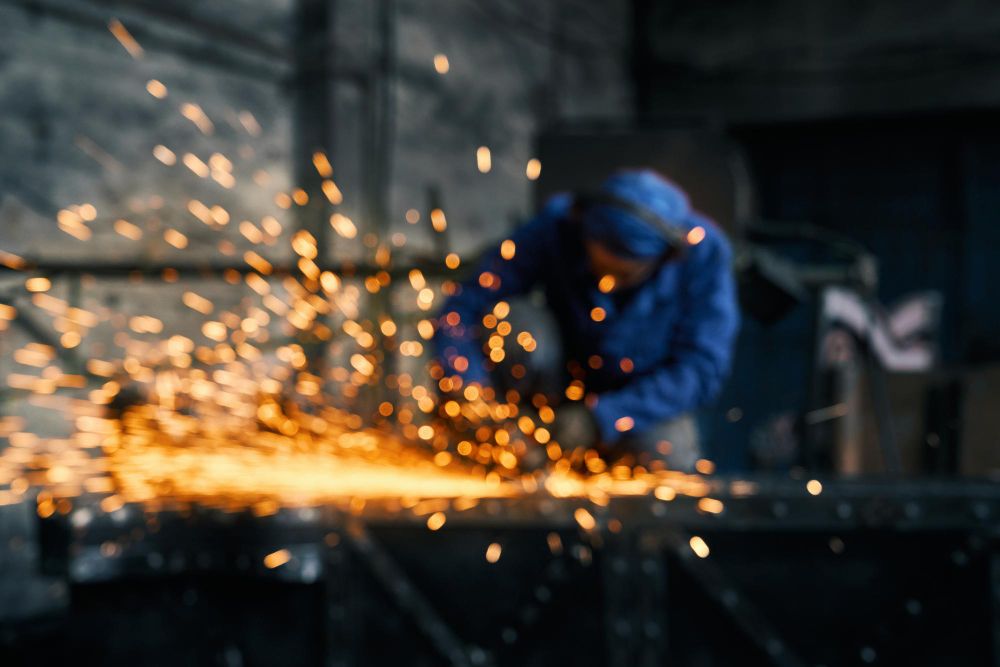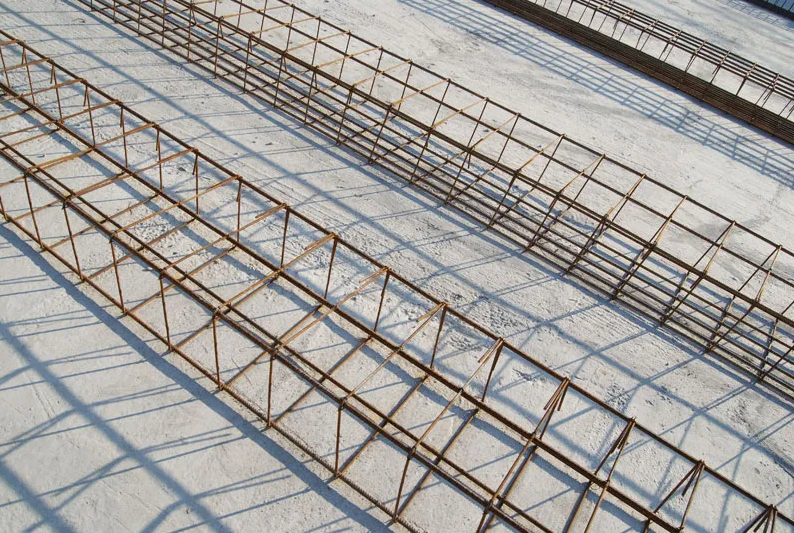Custom vs. Standard Metal Works: What’s the Difference?

The decision between standard and custom metal work in construction is a choice that fundamentally affects a project’s final outcome. It determines how well structures perform under load and how faithfully an architectural vision is brought to life. It’s the difference between meeting deadlines with confidence or facing costly, time-consuming modifications down the track.
This blog will break down the differences between standard and custom metal work, outlining where they fit best and their limitations. We’ll showcase how our team at Hadeed Engineering applies advanced modeling and precision fabrication to deliver custom solutions wherever standard options fall short.
Understanding Standard Metal Works
Standard metalworking relies on pre-designed templates and mass production methods to deliver components that are uniform and cost-efficient. They are built around proven, generic specifications, making them a reliable choice for straightforward applications where unique design elements or customizations are not a priority.
Key Characteristics of Standard Metal Works:
- Pre-Set Templates: Production is streamlined using existing designs for common items like I-beams and standard railings.
- Mass Production: High-volume manufacturing techniques that significantly lower the cost per unit.
- Common Materials: Material choices are typically limited to widely available carbon steel grades and basic alloys that are easy to source and work with.
- Basic Tolerances: Small variations in measurement are expected and acceptable for many applications.
The Precision of Custom Metal Works
Custom metal work is engineered around two core principles: precision and adaptability. Every component is fabricated to exact project specifications. This bespoke approach means the fabrication process can accommodate unique geometries, tight tolerances, and specialized materials required for a superior metal design.
Key Advantages of Custom Metal Works:
- Absolute Precision Fit: Each element is engineered for its exact location within the structure. This significantly reduces the need for on-site modifications, which in turn accelerates the installation process and lowers labor costs.
- Unmatched Design Flexibility: Custom metal work supports complex geometries, including curved forms and intricate architectural metalwork that defines a building’s character.
- Material Versatility: This approach enables the use of specialty alloys and advanced steel grades specifically tailored to meet various performance needs. E.g.: stainless steel in marine environments, high-strength quenched and tempered steels for critical load-bearing systems.
- Advanced Digital Integration: Custom metal work is almost always preceded by advanced digital engineering. By using tools like Building Information Modeling (BIM) and Finite Element Analysis (FEA), potential challenges are identified and solved virtually.
Choosing Between Standard and Custom Metal Works for a Project
Standard fabrication is most effective for projects with simple, repetitive, or non-critical elements where budget and speed are the primary drivers. This approach is well-suited to:
- Basic railings and fencing or safety barriers in non-specialized settings.
- Simple stairs or walkways in industrial environments where precision tolerances are less critical.
- Projects with tight budgets and conventional designs where customization isn’t necessary.
The trade-off is a lack of flexibility. While standard components control upfront costs, they may not adapt well to complex site conditions or unique architectural designs. Using them in high-stakes environments could lead to onsite adjustments or compromises that affect efficiency in the long run.
In contrast, custom metal works become essential when projects demand precision, unique aesthetics, or tailored performance. It is a solution-driven approach where every component is fabricated to integrate seamlessly with the overall structure. Custom solutions are particularly valuable in:
- Infrastructure Projects: Critical structures that carry heavy loads or require non-standard connections, such as bridges and tunnels.
- Architectural Projects: Buildings where the design intent relies on bespoke finishes or detailed architectural metalwork.
- Transport and Rail Works: Projects like rail corridors or roadways where public safety and operational precision cannot be compromised.
- Retrofits and Heritage Sites: Scenarios where new components must align perfectly with preexisting structures.
Custom Metal Works by Hadeed Engineering
Hadeed Engineering has delivered custom metal work for some of Australia’s most challenging projects, showcasing the value of a bespoke approach:
The West Gate Tunnel Project
For this major infrastructure project in Victoria, we supplied 3D models and shop drawings for gantry stairs and barrier rails, engineered to meet the stringent load and safety requirements of the new elevated roadway.
Pakenham Roads Upgrade
We produced 3D models and shop drawings for custom gantries, barrier rails, and distinctive aluminum screens designed to fit the exact modifications of the freeway interchanges and new bridge structures.
Whitten Oval Stage 2 Redevelopment
For the new EJ Whitten Stand, Hadeed Engineering provided 3D models and shop drawings for 27 tonnes of balustrades and handrails, perfectly blending high-performance safety with the stadium’s architectural quality.
South Geelong to Waurn Ponds Duplication
Our team delivered 3D models and shop drawings of gantries with integrated ladders, walkways, and guardrails tailored specifically for this critical rail infrastructure, ensuring passenger safety and long-term operational reliability.
The Hadeed Advantage: From Digital Model to Installed Material
Along with metal fabrication, complex projects require a partner who takes full responsibility from design through to installation with zero tolerance for error. That’s where Hadeed Engineering delivers unmatched value. Our integrated capabilities ensure a seamless workflow:
- Structural Design: Our process is rooted in the comprehensive analysis of structural dynamics and material behavior. We utilize advanced tools, such as FEA, to engineer robust and optimized solutions that are both feasible and resilient.
- BIM Services: We utilize the power of Building Information Modeling to craft comprehensive 3D models. This process is crucial for superior coordination, early clash detection, and informed decision-making, transforming complex designs into tangible realities.
- Shop Detailing: Our highly qualified engineers use cutting-edge software to generate top-tier shop drawings. These precise drawings ensure efficiency and accuracy in structural steel fabrication, guaranteeing a seamless transition from the design phase to on-site installation.
- Fabrication & Metal Works: We tailor every component to exact project requirements, whether it’s primary structural steel or detailed architectural metalwork.
By combining these services, Hadeed Engineering provides a complete workflow that ensures every component performs exactly as intended. Learn more about the complexities involved in structural steel infrastructure in our blog.
Standard metal works can provide a quick, economical solution for straightforward builds, but when precision and performance are critical, custom metal work becomes essential. Hadeed Engineering brings proven, end-to-end expertise in delivering solutions from model to material.
Discover how Hadeed Engineering can deliver custom metal work that meets your exact needs.



